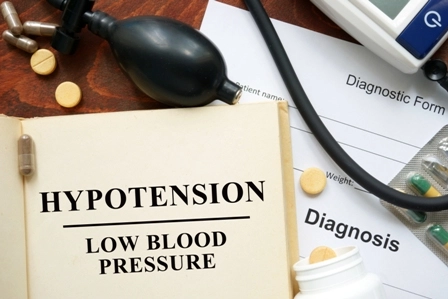Practical Tips Fine-Tune Your Hypotension Coding

Physicians must clearly document the hypotension's cause. When a patient has hypotension, his blood pressure measures lower than 90/60 (systolic/diastolic). Hypotension alone, without symptoms, is not usually considered harmful. However, if patients start to experience symptoms like dizziness or fatigue, this could indicate an underlying condition the cardiologist should treat. Heads up: In Cardiology Coding Alert Vol. 20 No. 8, you learned how to successfully report orthostatic hypotension in the article "Achieve Hypotension Coding Excellence With This Primer." Check out the following additional tips to further advance your hypotension coding skills. Tip 1: Ensure the physician clearly documents the hypotension's origin. Hypotension has many causes, according to Theresa Dix, CCS-P, CPMA, CCC, ICDCT-CM, coder and auditor of East Tennessee Heart Consultants in Knoxville, Tennessee. For example, a patient with chest pain or myocardial infarction (MI) could also experience hypotension, Dix says. Mari Robinson, A.A.S, CPC, CRC, CCC, compliance analyst of chronic conditions at Riverside Medical Group in Newport News, Virginia, offers the following instances where patients could experience hypotension: The physician should always document the type of hypotension, along with the symptoms that helped him or her make this determination, Robinson says. "Look for the appropriate clinical indicators within the note," Robinson adds. "The symptoms and etiology will help the coder determine the type of hypotension to be coded." Carol Hodge, CPC, CCC, CEMC, certified medical coder of St. Joseph's Cardiology in Savannah, Georgia, emphasizes the importance of the physician documenting the hypotension's specifics in the medical record. "If the documentation is not specific as to the cause of the hypotension, coders may have to resort to I95.9 (Hypotension, unspecified) because of lack of specificity in record," Hodge says. "Physicians should document when possible whether hypotension is due to orthostatsis, medication, hemodialysis, etc." Tip 2: When in doubt, query your provider. Take caution when reviewing a chart for hypotension documentation, says Kimberly Jolivette Williams, CPC, CPMA, CPC-I, CCC, AAPC Fellow, specialty coder lead at Texas Health Physician Group in Dallas, Texas. Do not code hypotension if the physician doesn't document it - even when the indications point to hypotension. In this case, it's always best to query your provider, Williams says. "Do not overstep a coder scope of practice and diagnosis hypotension based on the current and/or daily blood pressure (BP) readings when the provider's documentation clearly does not state 'hypotension,'" Williams adds. Tip 3: Take note of the presence of syncope. Orthostatic hypotension and syncope can occur together, so it is necessary to receive a physician's opinion for the cause of the hypotension and the syncope, according to Robinson. "The evaluation for the syncope and hypotension depends on the findings from the [history and physical examination] H&P, especially orthostatic blood pressure evaluation, auscultation of the carotid arteries, and cardiac exam," Robinson says. "A resting ECG can be done that would indicate rhythm or conduction problems and possibly a telemetry monitoring with a Holter monitor or event recorder to determine any abnormalities or arrhythmias." Orthostatic hypotension from an automonic function can be diagnosed by observing BP and heart rate responses to Valsalva maneuver or tilt table testing, Robinson adds. "It is important for the patient to be seen by a physician to determine where the hypotension (and syncope that is commonly found with hypotension) is originating from," Robinson says.




